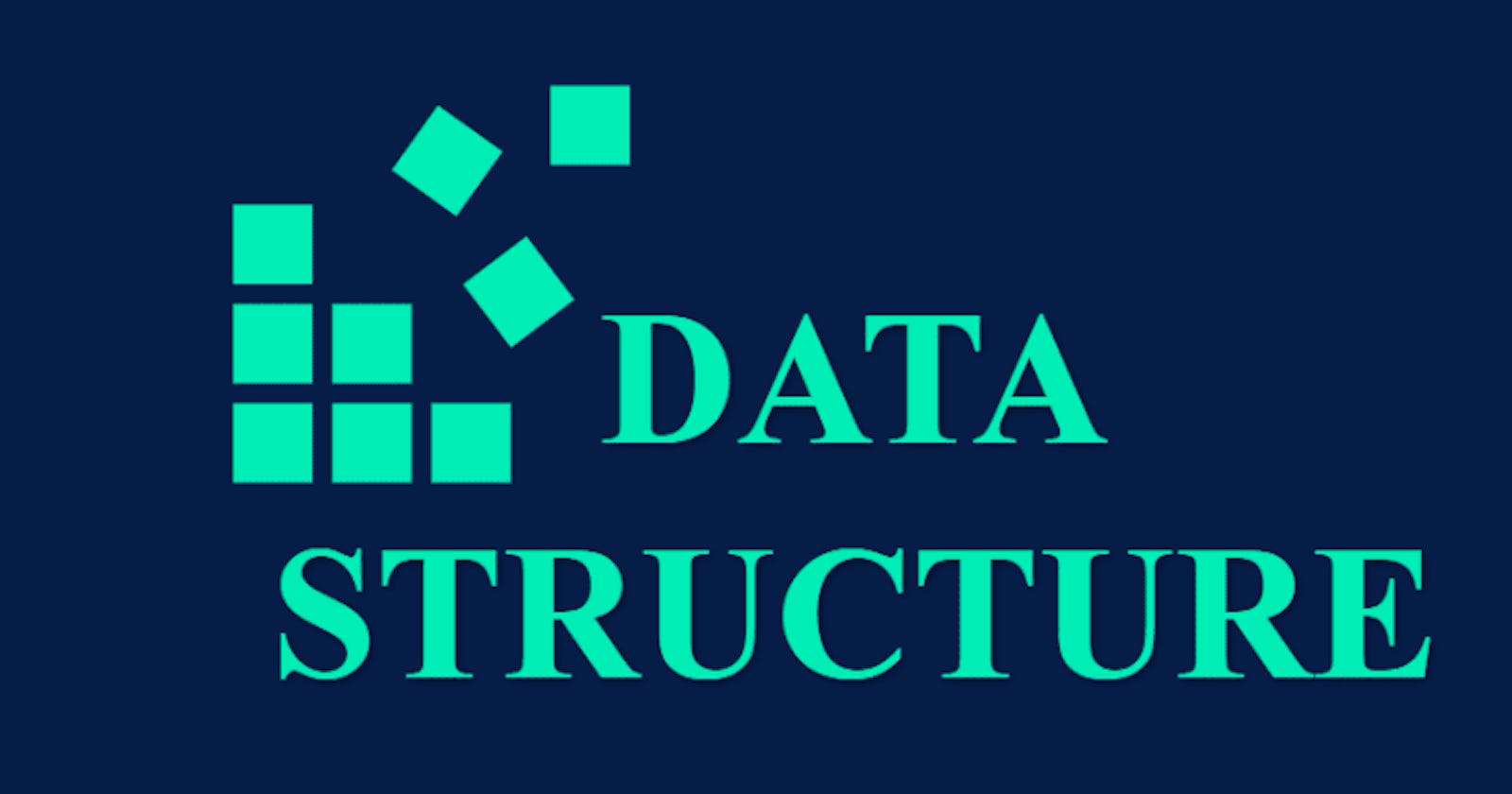Table of contents
No headings in the article.
⬘ First, check its behavior for the below attributes ➊ Linearity ➋ Memory Allocation ➌ Connectivity ➍ Ordering ➎ Uniqueness
⬙ Then, implement ➏ Common Operations
➊ Linearity
❍ Linear
❍ Non-linear
✧ It says about the traversal path.
➋ Memory Allocation
❍ Contiguous
❍ Non-contiguous
✧ It says about how elements are stored in physical memory.
➌ Connectivity
❍ One-Directional
❍ Bi-Directional
✧ It says about how 2 elements are connected to each other.
➍ Ordering
❍ Ordered
❍ Unordered
✧ It says if the fetching of elements is always predictive or randomized.
➎ Uniqueness
❍ Only Unique Elements
❍ Duplicates are allowed
✧ It says if insertion of an element is restricted when a similar element already exists.
➏ Common Operations
❍ Traversal
❍ Insertion
❍ Deletion
❍ Get
✧ These are the common operations performed on all data structures.
Example ➊ : Array
➤ Linear
➤ Contiguous
➤ One-Directional
➤ Ordered
➤ Duplicates are allowed
Example ➋ : Set
In case of Array based implementation,
➤ Linear
➤ Contiguous
➤ One-Directional
➤ Ordered
➤ Only Unique Elements
Example ➌ : Hash Table
➤ Linear
➤ Non-Contiguous
➤ One-Directional
➤ Unordered
➤ Only Unique Keys
Example ➍ : Doubly Linked List
➤ Linear
➤ Non-Contiguous
➤ Bi-Directional
➤ Ordered
➤ Duplicates are allowed
Example ➎ : Tree
➤ Non-Linear
➤ Non-Contiguous
➤ Mostly One-Directional
➤ Ordered
➤ Duplicates are allowed
